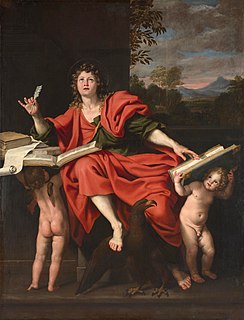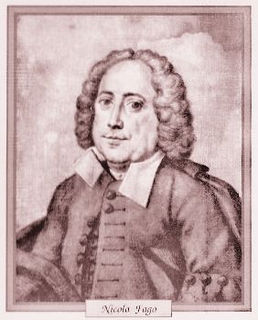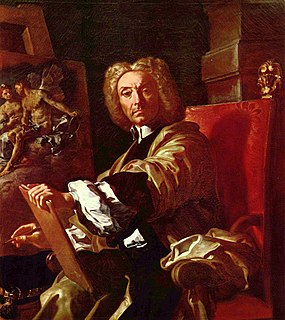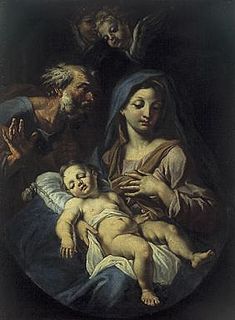Onofrio Palumbo (active 1650, Naples) [1] was an Italian painter of the Baroque period.

Naples is a major city in southern Italy. It is the capital of the Campania region, and the third-largest municipality in Italy after Rome and Milan. The city is called Napoli in Italian, and Napule in Neapolitan. The name comes from Ancient Greek Νεάπολις, meaning "new city", via the Latin Neapolis.

The Italians are a Romance ethnic group and nation native to the Italian peninsula and its neighbouring insular territories. Most Italians share a common culture, history, ancestry or language. Legally, all Italian nationals are citizens of the Italian Republic, regardless of ancestry or nation of residence and may be distinguished from people of Italian descent without Italian citizenship and from ethnic Italians living in territories adjacent to the Italian Peninsula without Italian citizenship. The majority of Italian nationals are speakers of Italian, or a regional variety thereof. However, many of them also speak another regional or minority language native to Italy; although there is disagreement on the total number, according to UNESCO there are approximately 30 languages native to Italy.
In the church of the Santissima Trinità dei Pellegrini, Naples, he painted an altarpiece of San Gennaro protecting Naples from lightning. He also painted a contemporary portrait of Masaniello now at the museum of the Certosa di San Martino.

The Santissima Trinità dei Pellegrini is a church on via Portamedina in the historic city centre of Naples, Italy

Masaniello was an Italian fisherman who became leader of the revolt against the rule of Habsburg Spain in Naples in 1647.

The Certosa di San Martino is a former monastery complex, now a museum, in Naples, southern Italy. Along with Castel Sant'Elmo that stands beside it, this is the most visible landmark of the city, perched atop the Vomero hill that commands the gulf. A Carthusian monastery, it was finished and inaugurated under the rule of Queen Joan I in 1368. It was dedicated to St. Martin of Tours. During the first half of the 16th century it was expanded. Later, in 1623, it was further expanded and became, under the direction of architect Cosimo Fanzago, essentially the structure one sees today.














